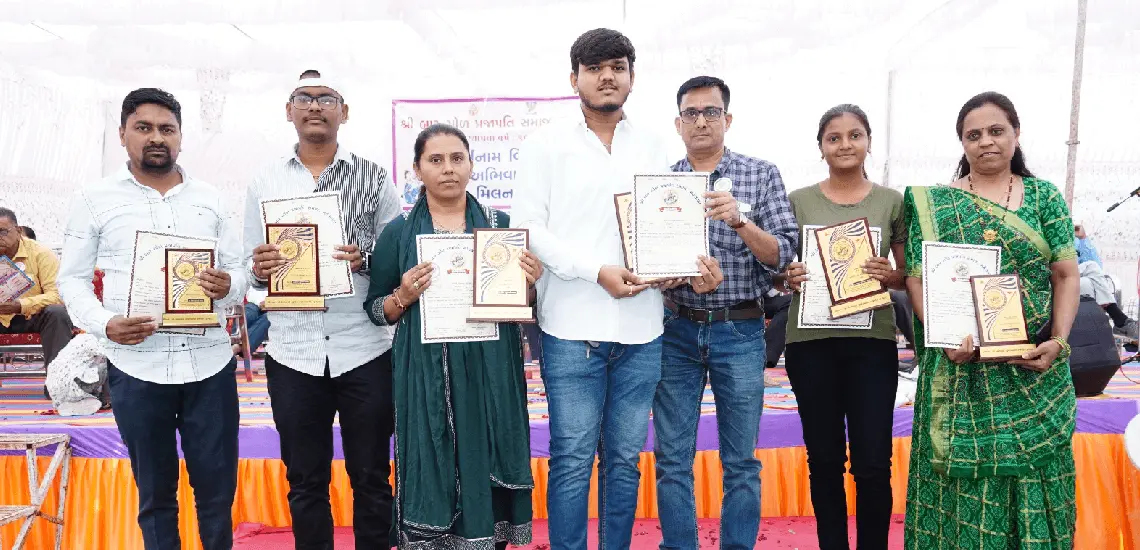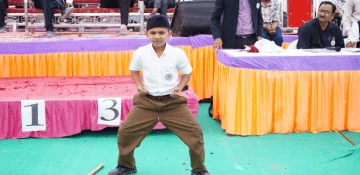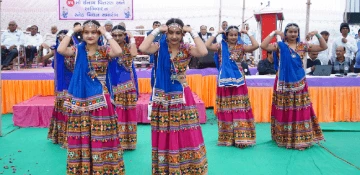The Prajapati Samaj, also known as the Kumhar community, is an ancient Indian artisan caste traditionally involved in pottery and related crafts.

“Historical Background”
The Prajapati Samaj, also known as the Kumhar community, is an ancient Indian artisan caste traditionally involved in pottery and related crafts. The term “Prajapati” is derived from Sanskrit, meaning “Lord of Creatures,” indicating their significant cultural and mythological roots. This essay delves into the history, cultural significance, social structure, and contemporary challenges of the Prajapati Samaj.
The Prajapati Samaj has a rich history that dates back thousands of years. Pottery, their primary craft, has been an integral part of human civilization since the Neolithic age. Archaeological findings from the Indus Valley Civilization, one of the world’s oldest urban cultures, include numerous examples of pottery, indicating the antiquity of the craft. The Prajapatis are believed to be the descendants of these early potters who played a crucial role in daily life and rituals through their creations.
Our Events

Youth Career Guidance Seminar

Social Gathering at Motidiou

Social Structure
Traditionally, the Prajapati Samaj has been organized in a caste-based hierarchy, characteristic of the broader Indian social structure.

Contemporary Challenges
In modern times, the Prajapati Samaj faces numerous challenges. The advent of industrialization and the mass production of goods have adversely affected traditional crafts.

Cultural Significance
The Prajapati Samaj has contributed significantly to Indian culture and heritage. Pottery is not merely a craft but an art form deeply embedded in Indian rituals and traditions.
